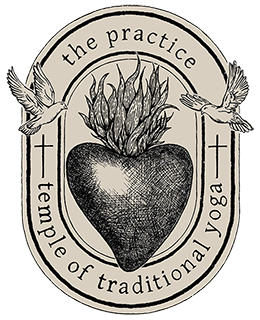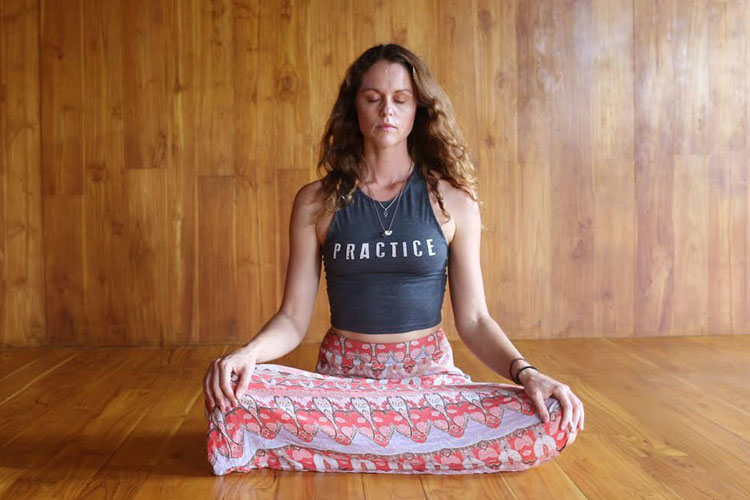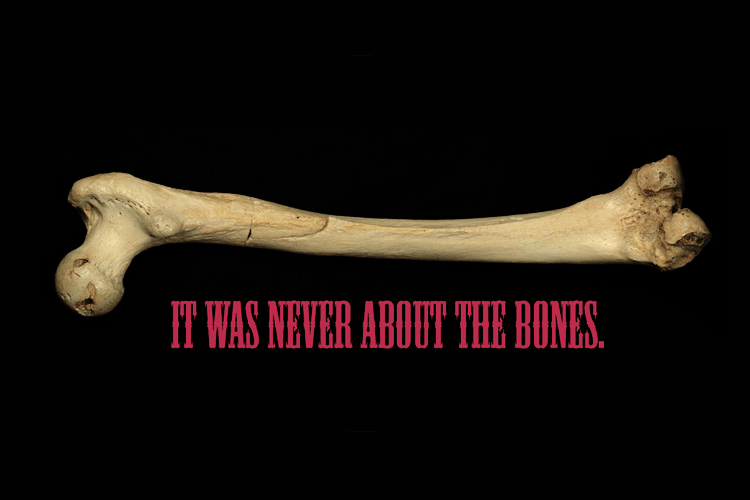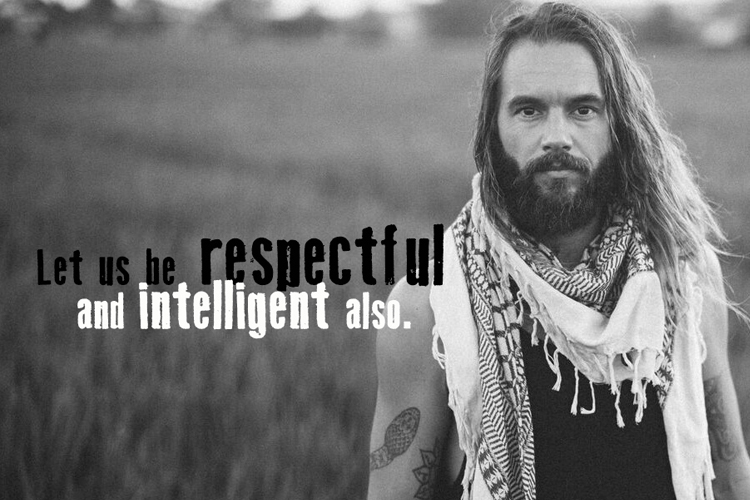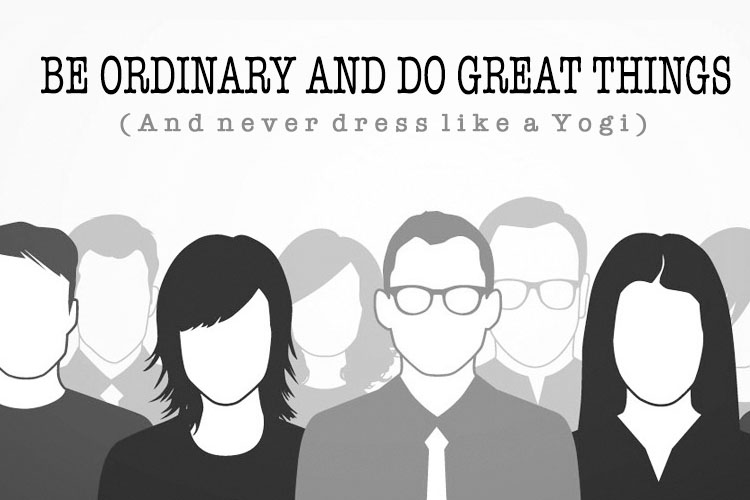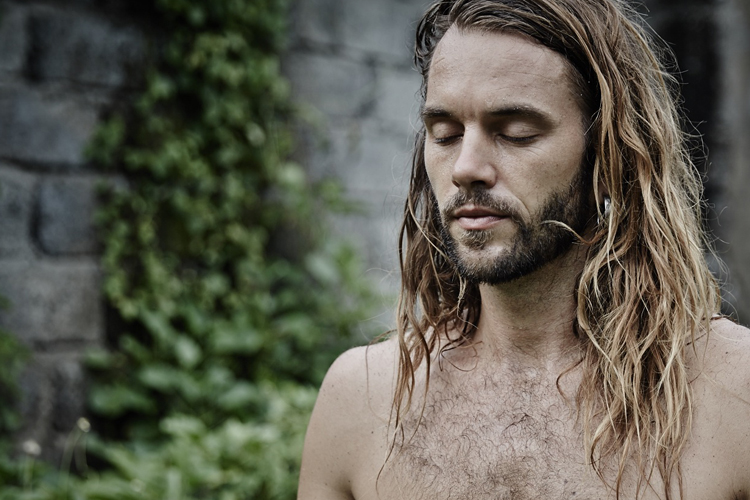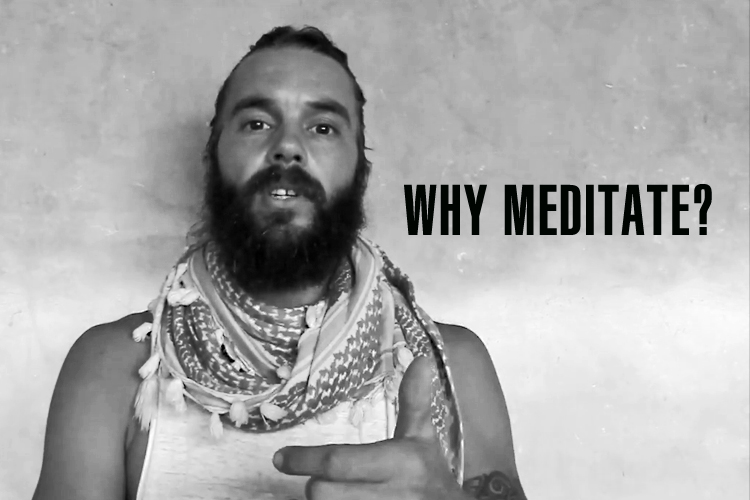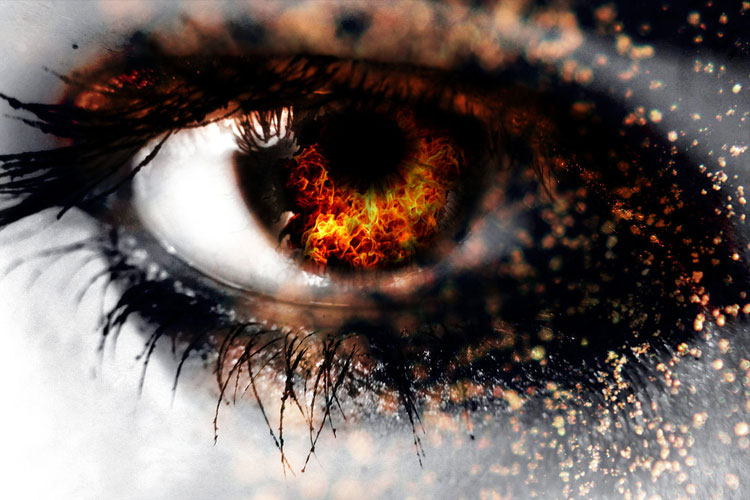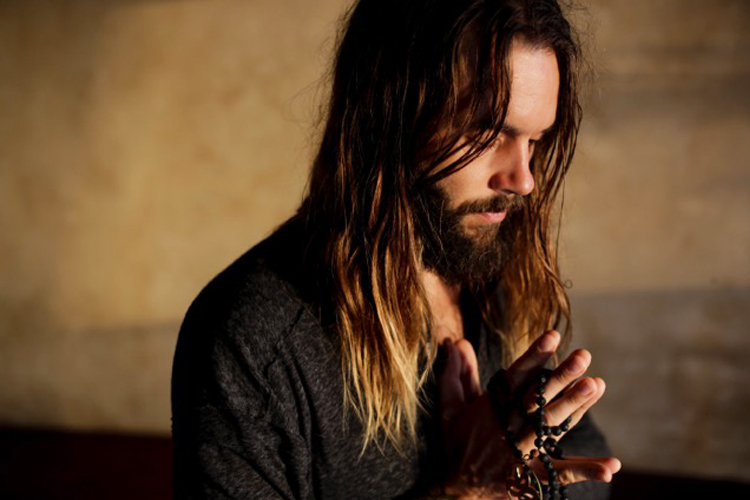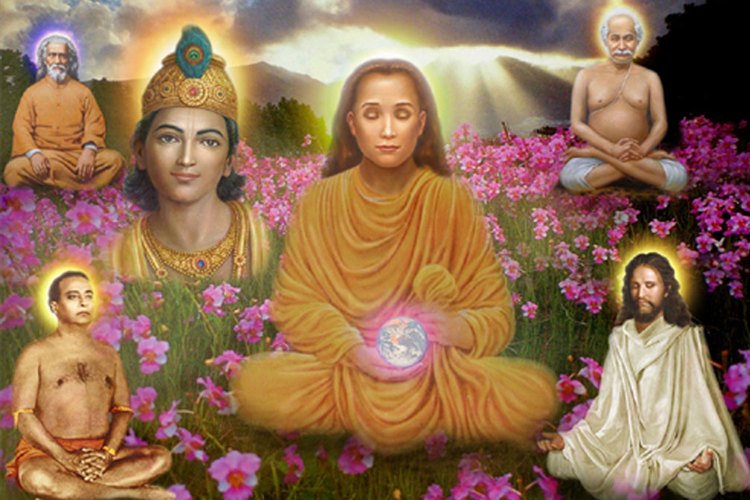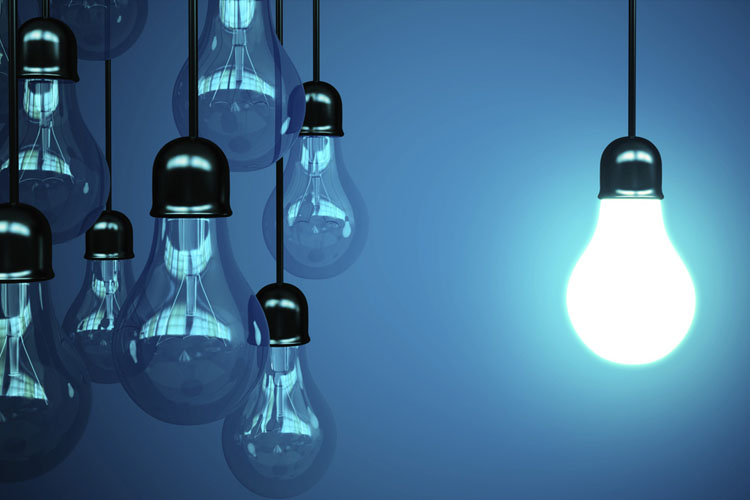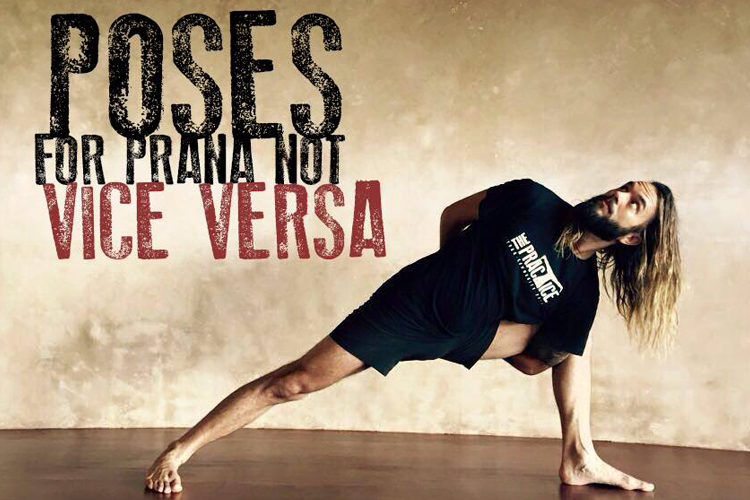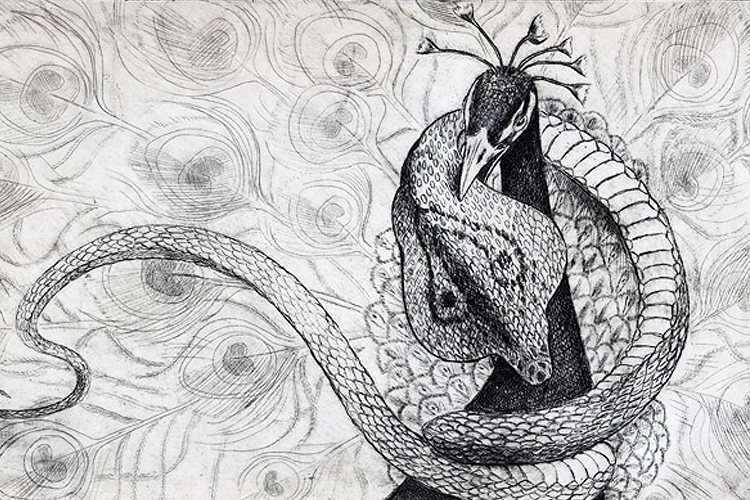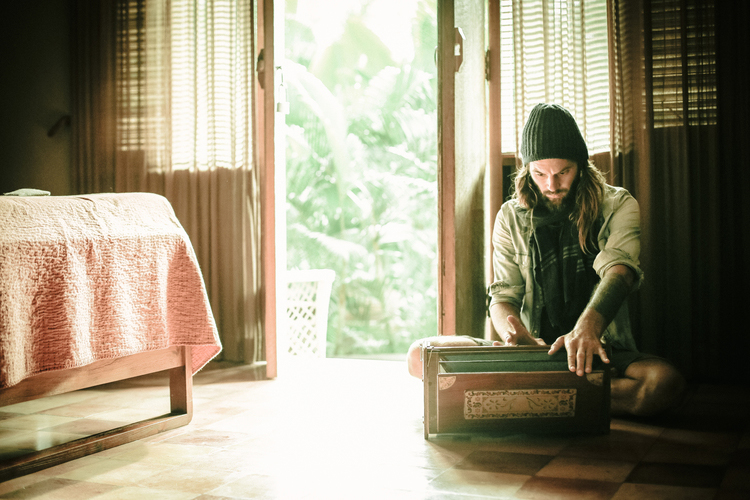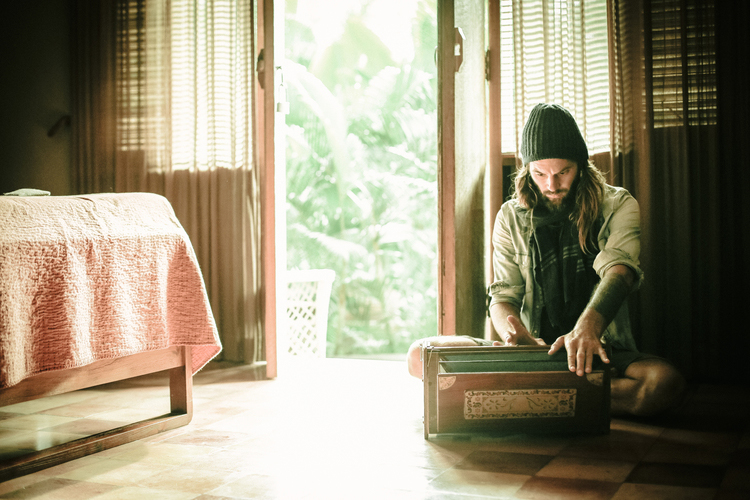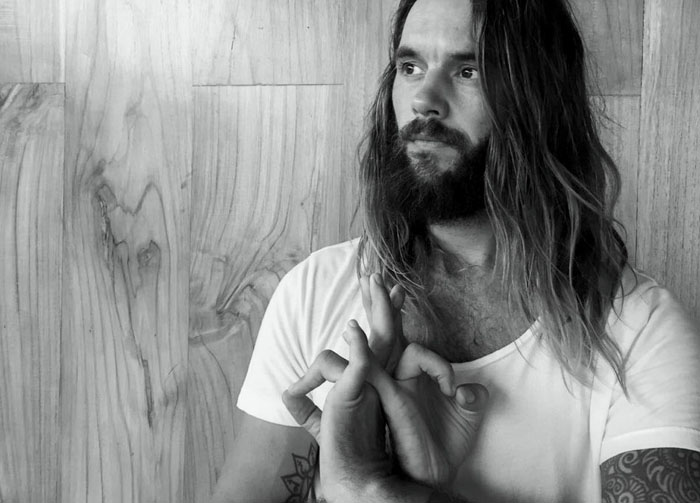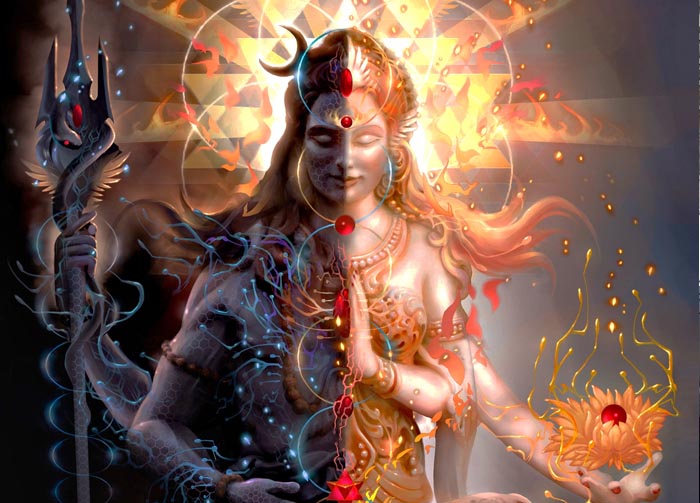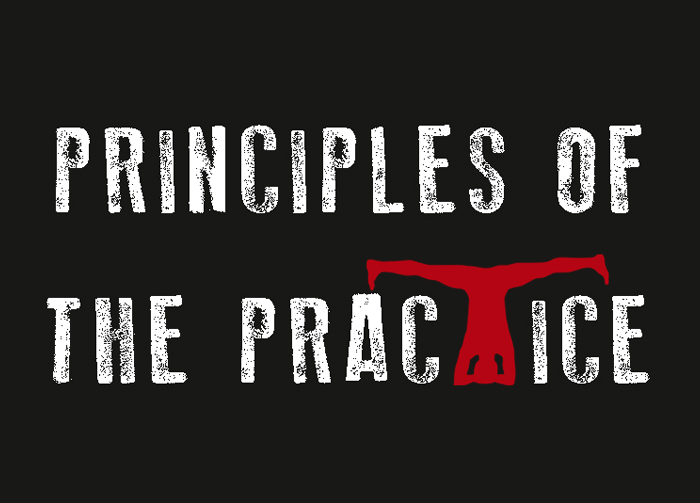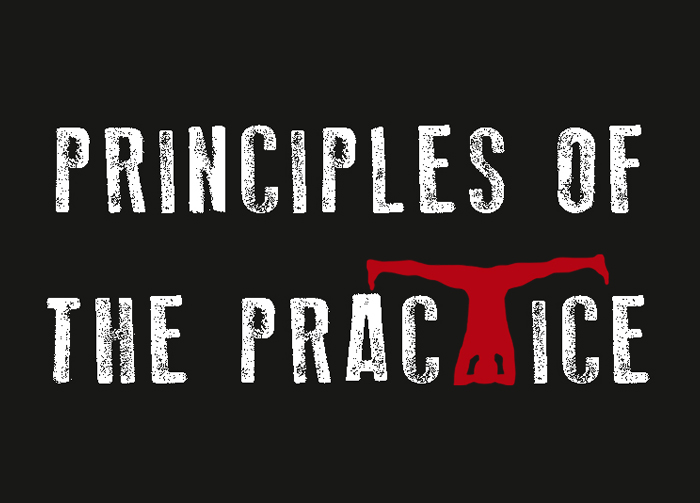by Octavio Salvado.
Imagine a yoga world where people automatically assumed that when you go to a ‘yoga’ class you will also practice meditation. Imagine a yoga world that taught classes without music, recognizing that silence and single pointedness of mind are the pre-requisite for the deeper inner experiences that yoga promises. Imagine a yoga world that valued tradition and ancient wisdom over innovation and creative sequencing. This is the yoga world that I dream of, and it is coming.
The new paradigm starts with us, the teachers. There is no point us complaining that students these days lack the desire to go deeper. If there is a lack of desire in students, then it is merely a reflection of something lacking in those that are sharing it.
Nowadays I feel that teachers are afraid to lose students, or disappoint them. We would prefer to be liked, followed and paid more than respected and as a result, we seek to entertain students rather than educate them. Class numbers and big followings do not make a great teacher. A great teacher, in my opinion, is forged in the fires of tradition, discipline, loyalty, obedience, failure and humility, shaped over decades of relentless study and practice… and scrubbing toilets.
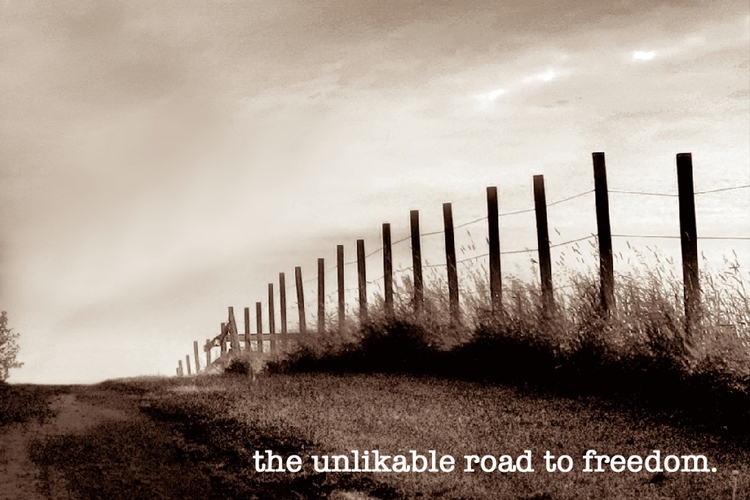
We live in a yoga culture weakened by entitlement, impatience and a general dislike for hard, unsexy, behind the scenes work. If we can’t post about it, it doesn’t exist and it certainly doesn’t matter. Teachers want name and fame without realizing that there are no shortcuts in the yoga world. Peripheral, quick popularity is an illusion and an obstacle on the path to real progress as a teacher. If you’re a newer teacher, avoid it like the plague. The Masters of the tradition see everything and in the end, it is them pulling the strings from behind the veil and them pulling the rug out from under our feet when we get ahead of ourselves. Their timing is usually exquisite.
There is a wonderful term that addresses this, called ‘Adhikara’, often translated as ‘studentship’. However, the literal meaning is ‘the right to know’. It speaks to the idea that each of us earns the right to receive the teachings based on our own genuine dedication to practice and study. In truth, the age old axiom isn’t ‘when the student is ready, the teachings will appear’, more accurately, its when the student is prepared. In the end, only time, effort and reverence can properly prepare us to move beyond the periphery and share something truly meaningful as teachers.
Furthermore, this progression should be total. Its insufficient to merely evolve our practice and study and discount the importance of simultaneously evolving our relationships, our mental steadiness, our patience, our parenting, and our professional life. To truly earn the right to know and call ourselves yoga teachers, we must courageously seek out constant progress in all areas of life. Then and only then do we become more capable of receiving, assimilating and ultimately sharing the deeper and more profound practices and teachings of yoga.
Maturity, both on and off the mat takes time. I am very familiar with immaturity in both of these areas and believe me, it comes with a lot of karma, so don’t rush. Don’t be in a hurry to be somebody, or to be a visionary, develop a yoga style, or start a movement. If that is your destiny, then the Masters will organize it. Just keep on practicing, dedicate your whole self, your efforts and devotion in a straight, unwavering line along a singular path and don’t deviate from it. Earn your stripes over years and decades, not months and fearlessly commit to improving all dimensions of your life and being.
If we want to see changes in the yoga world and in our students, then as teachers we must be willing to make a stand and make the hard, unglamorous choices, sacrificing fun, insta-fame and numbers to do the right thing. Turn off the stereo and practice at home in silence. Meditate everyday without fail, regardless of whether you ’feel like it’. Remain grateful and open in the wake of one-star reviews. Teach a class of two students with as much passion as you’d teach a class of one hundred. Give zero shits about being popular. Relate to your yoga on the inside.
We all know what the right thing to do is. We just need to stand down from our pedestals and do it and trust that the tradition will support us and that the merits of our own hard-earned efforts will keep us afloat in the chaos that inevitably comes with regeneration and the glorious cycle of death and rebirth.
